In the early months of 2020, the world was suddenly thrown into a state of chaos and uncertainty as the novel coronavirus, later named SARS-CoV-2, emerged and spread rapidly across the globe, leading to the declaration of a pandemic by the World Health Organization (WHO). The COVID-19 pandemic has not only reshaped our daily lives but also significantly impacted global health, economies, and social structures. This article delves into the impact of the pandemic through a comprehensive analysis of English video content, providing insights into the virus's transmission, prevention measures, healthcare responses, and the psychological effects on individuals and communities.
1. Understanding the Virus: English Video Content as a Tool for Education
The initial outbreak of COVID-19 was met with a flurry of information, much of it confusing and misleading. English video content played a crucial role in educating the public about the virus's transmission dynamics, symptoms, and modes of prevention. Videos from reputable sources such as the Centers for Disease Control and Prevention (CDC), the WHO, and academic institutions provided clear and concise explanations in simple language, making complex scientific concepts accessible to a global audience.
For instance, the WHO's "Coronavirus Disease (COVID-19) - Transmission" video effectively communicated how the virus spreads through droplets when an infected person coughs or sneezes, emphasizing the importance of social distancing and hand hygiene. These videos not only informed but also helped to alleviate panic by providing accurate and up-to-date information.
2. Prevention Measures: A Visual Guide to Staying Safe
English video content was instrumental in disseminating the essential preventive measures against COVID-19. Videos showcased how to properly wear a face mask, maintain proper hand hygiene, practice social distancing, and use personal protective equipment (PPE) for healthcare workers. These visual aids were particularly effective in reaching diverse populations, including those with limited literacy or those who preferred learning through visuals.
The "How to Wear a Mask" video by the CDC garnered widespread attention and shares, demonstrating step-by-step how to properly don and doff a mask to prevent its contamination. Such videos not only educated individuals but also influenced government policies and public health campaigns worldwide.
3. Healthcare Responses: A Frontline View from English Videos
The COVID-19 pandemic exposed significant gaps in global healthcare systems, particularly in resource-constrained countries. English video content provided a window into the challenges faced by healthcare workers on the frontlines. Videos from hospitals in Italy, New York City, and other hotspots documented the tireless efforts of doctors, nurses, and support staff under extreme conditions. These videos highlighted the importance of adequate personal protective equipment (PPE), ventilators, and other critical resources for saving lives.
The "COVID-19: Frontline Healthcare Workers" video by the WHO featured interviews with healthcare professionals who shared their experiences and emotions during the pandemic. These firsthand accounts helped to raise awareness about the critical role of healthcare workers and encouraged communities to support them through donations and solidarity.
4. Economic Impact: The Invisible Battlefield in English Videos
The economic fallout from COVID-19 was profound and far-reaching. English video content documented the impact on small businesses, job losses, and the global supply chain. Videos from the International Monetary Fund (IMF), World Bank, and local entrepreneurs provided insights into how governments and international organizations were trying to mitigate the economic damage through stimulus packages, loan guarantees, and other measures.
The "COVID-19: The Economic Impact" video by the World Bank offered a comprehensive overview of the economic crisis, highlighting the need for coordinated global action to prevent further economic devastation. These videos helped to create a sense of urgency among policymakers and encouraged citizens to understand the importance of financial support for their communities during these trying times.
5. Psychological Effects: Navigating Uncertainty Together
The psychological effects of COVID-19 were often overlooked but just as devastating. English video content addressed this aspect by providing resources for mental health support, stress management techniques, and coping strategies for individuals and families. Videos from mental health organizations like the American Psychological Association (APA) offered guidance on how to manage anxiety, depression, and loneliness during lockdowns and social distancing measures.
The "COVID-19: Mental Health Resources" video by APA emphasized the importance of self-care during a crisis and provided links to online counseling services and support groups. These videos helped to normalize feelings of distress and encouraged people to seek help when needed.
6. Vaccine Development: A Glimmer of Hope in English Videos
As the pandemic raged on, the development of vaccines offered a ray of hope for a return to normalcy. English video content played a crucial role in educating people about vaccine safety, efficacy, and distribution plans. Videos from pharmaceutical companies, research institutions, and government agencies provided regular updates on vaccine trials, approvals, and rollout strategies.
The "COVID-19 Vaccine: What You Need to Know" video by the US National Institutes of Health (NIH) explained the science behind vaccine development in simple terms while reassuring viewers about their safety and effectiveness. These videos helped build trust in vaccines among hesitant populations and encouraged people to get vaccinated when it was their turn.
Conclusion: The Power of English Video Content in Times of Crisis
转载请注明来自爬爬百科,本文标题:《COVID-19的全球健康影响,通过英文视频内容进行的全面分析》

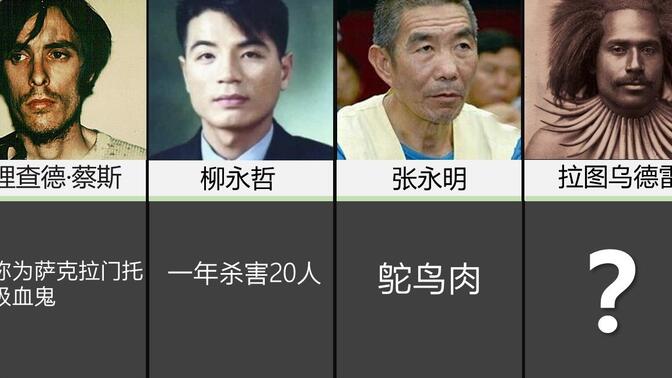
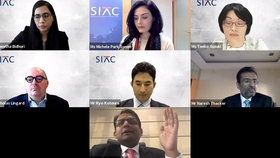
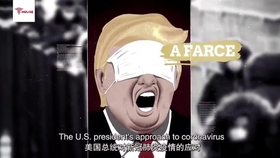
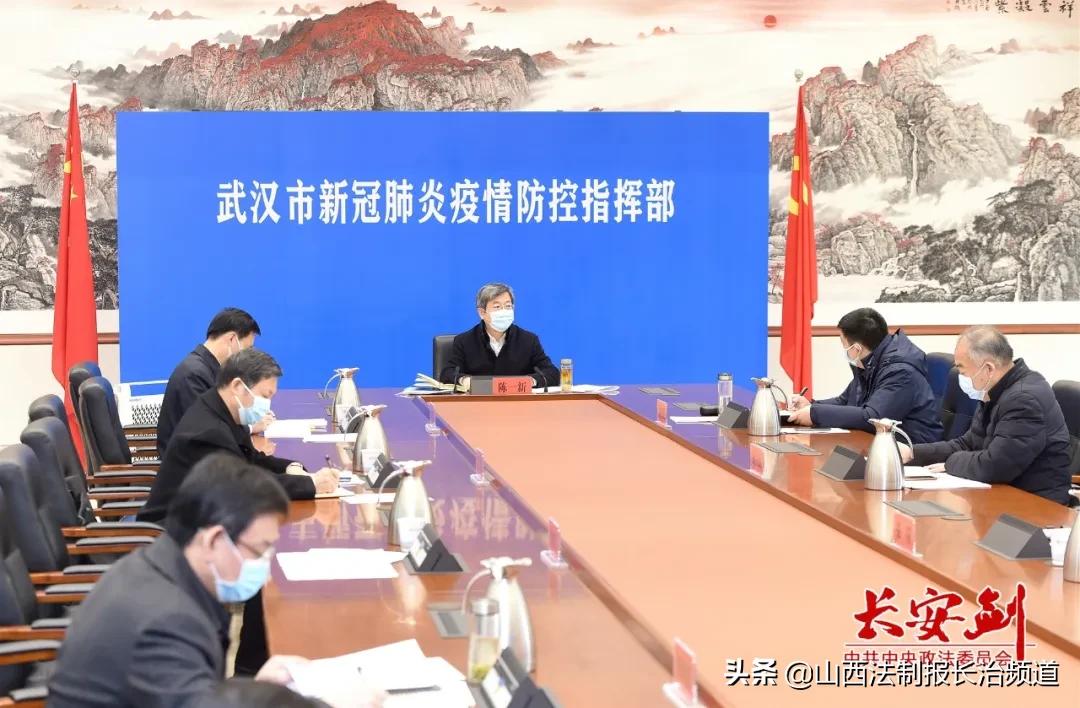
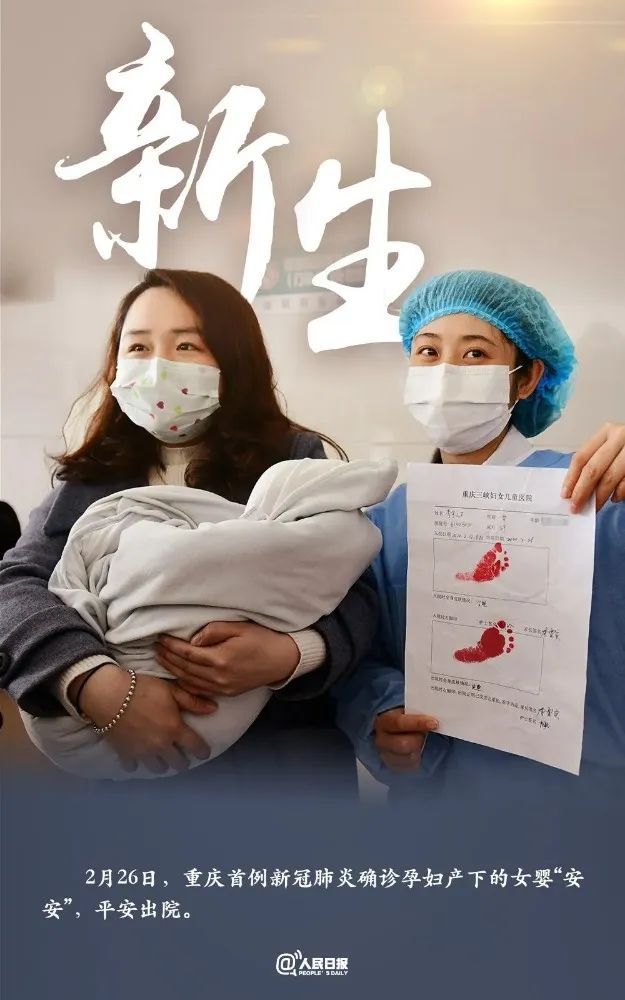

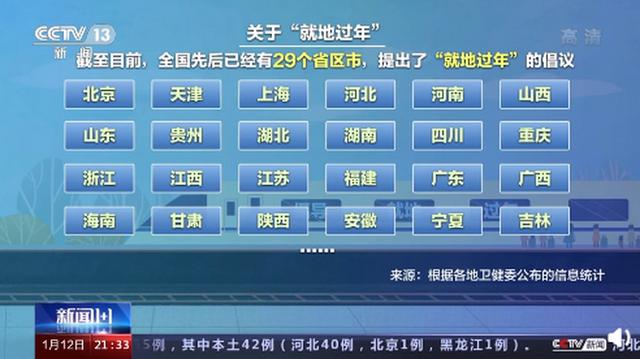
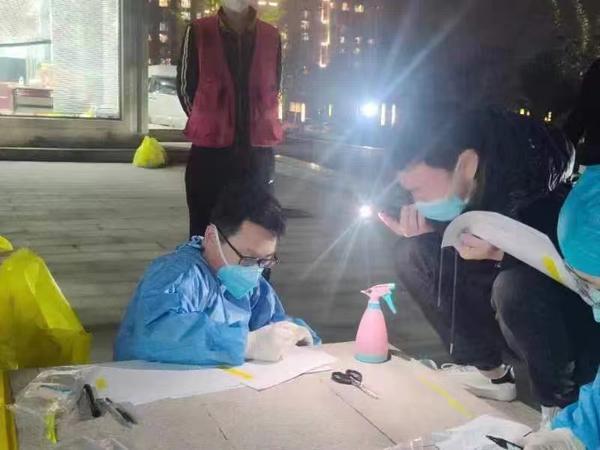
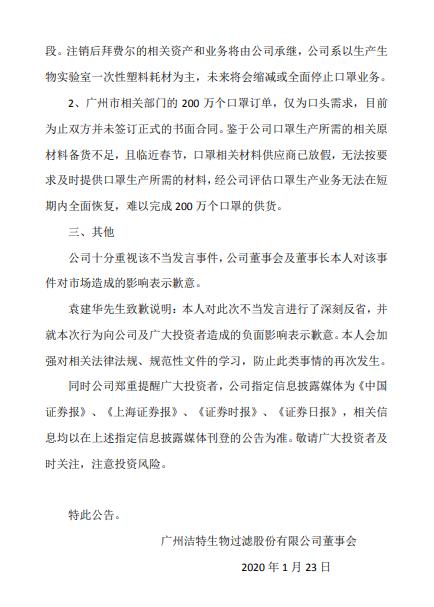

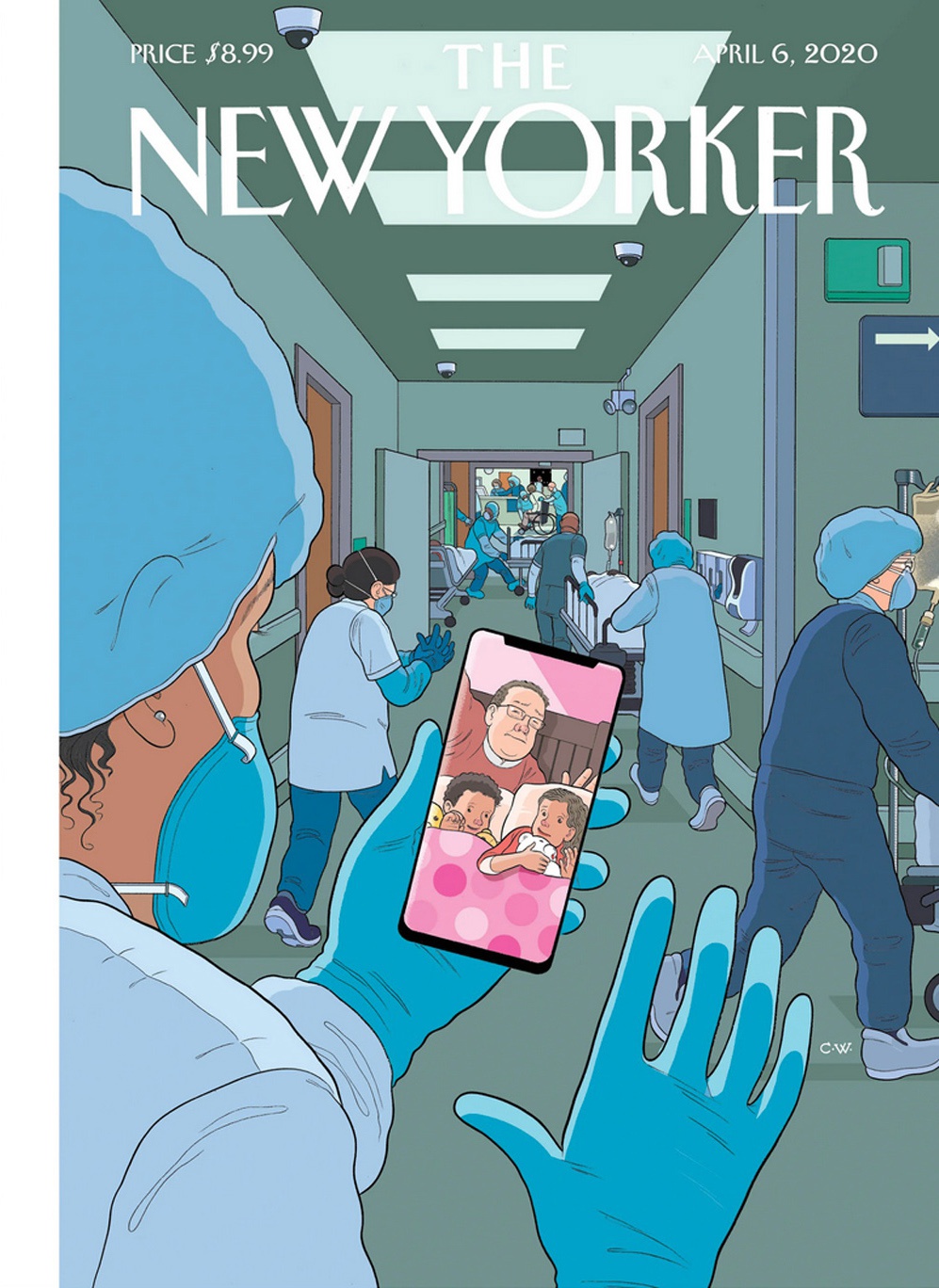
 京ICP备11000001号
京ICP备11000001号
发表评论